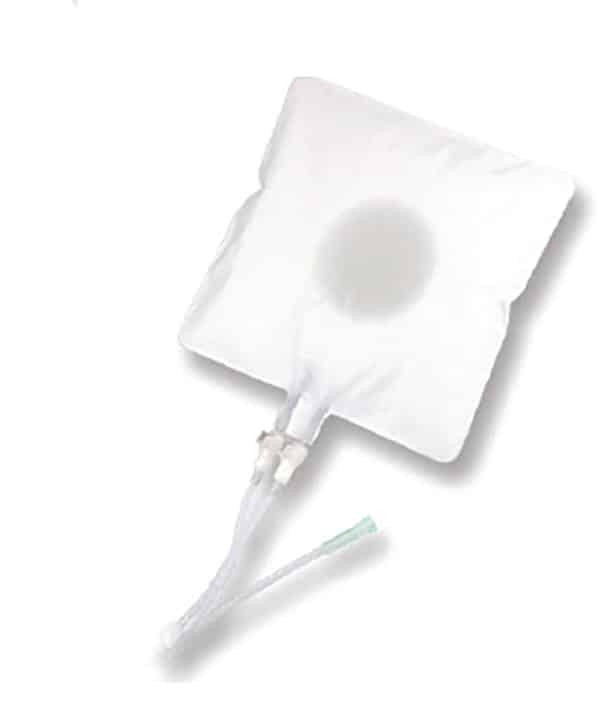
The most common causes are faulty circulation, especially the failure of the veins to carry deoxygenated blood back to the heart from the legs. Other causes or risk factors include long-term pressure on an area (such as prolonged lying in bed in a single position, which can lead to bed sores), poorly managed diabetes, high cholesterol, smoking, nutritional problems, and faulty circulation of arteries. Older adults are at greater risk, and women’s rates of leg ulcers are somewhat higher than men’s, as women live longer.
non healing wound, particularly venous and nous stasis ulcers are persistent and debilitating conditions affecting millions worldwide. These types of ulcers arise due to impaired venous circulation, accumulating blood and fluid in the lower extremities. As a result, the affected individuals experience painful and challenging wounds that require specialized care and management. This article delves into the intricacies of venous and venous stasis ulcers, exploring their causes, symptoms, prevention, and treatment options.
The best way of acknowledging Venous Ulcers and Venous Stasis Ulcers
venous ulcer is open sores that primarily occur in the lower legs and feet, affecting approximately 1% of the global population. They are often the result of chronic venous insufficiency, a condition in which the veins fail to effectively return blood from the legs to the heart, causing pooling of blood and fluid in the lower limbs. Venous ulcers typically present as painful, shallow wounds with irregular edges and may release a yellowish or greenish discharge.
Venus stasis ulcer, a specific subset of venous ulcer, develops due to venous stasis dermatitis – a condition characterized by inflammation and skin changes due to chronic venous insufficiency. These ulcers often manifest as red, swollen areas on the skin that may later break down into open wounds. As venous stasis ulcers progress, they can become more prominent, deeper, and more painful, significantly impacting the patient’s quality of life.
Venus stasis ulcer, a specific subset of venous ulcer, develops due to venous stasis dermatitis.
Causes and Risk Factors
Several factors contribute to the development of venous ulcers and venous stasis ulcers:
Venous insufficiency: The primary cause of both ulcers is compromised venous circulation. Weak or damaged valves in the leg veins lead to backflow of blood, causing venous hypertension and ultimately resulting in ulceration.
Age and gender: Advanced age and female gender are risk factors for developing venous ulcers, with females being more prone to the condition due to hormonal influences.
Obesity: Excess weight places additional pressure on the veins, contributing to venous insufficiency and ulcer formation.
Sedentary lifestyle: Lack of physical activity can hinder blood circulation, exacerbating venous issues.
Deep vein thrombosis (DVT): A history of DVT increases the likelihood of venous insufficiency and, consequently, ulcer development.
Untreated venous and Venus leg ulcer can lead to severe complications, including cellulitis (skin infection), skin necrosis, and deep tissue abscesses. In extreme cases, these ulcers may be a precursor to the development of squamous cell carcinoma, a type of skin cancer.
Conclusion
Venous and venous stasis ulcers are chronic conditions that can significantly impact an individual’s well-being, mobility, and overall quality of life. Understanding the risk factors, symptoms, and prevention strategies is essential for early diagnosis and effectively managing these ulcers. By adopting a comprehensive approach that includes preventive measures, appropriate wound care, and medical interventions, patients can better cope with these challenging conditions and enhance the chances of wound healing and recovery. If you suspect you have a non-healing wound or venous ulcer, it is crucial to consult a healthcare professional promptly for a proper assessment and personalized treatment plan.



